The Role of the Stretcher in Hospital Settings
The stretcher in hospital environments is one of the most essential tools for patient care, particularly in emergency and critical situations. Hospitals rely on stretchers to transport patients efficiently and safely, ensuring that those who are immobile or critically ill can be moved without added strain or discomfort. Whether in an ambulance, an emergency room, or during transfers between departments, the stretcher plays a pivotal role in delivering prompt medical care.
Key Features of Modern Hospital Stretchers
A stretcher in hospital settings, such as the ORP-D2-3 model from Shenyang Ourpromise Medical Equipment Co. Ltd., is designed with specific features that ensure both the safety of the patient and the convenience of medical personnel. One crucial aspect of this stretcher is its carrying capacity, which can support up to 159 kg, accommodating patients of various body types. The stretcher is also foldable, both width-wise and length-wise, which makes it ideal for storage in ambulances or areas where space is limited.
Another significant feature of the modern hospital stretcher is the elevation provided by the frame. The ORP-D2-3 model is designed with side tubes that lift the stretcher about 9 cm off the ground. This elevation is not only essential for patient comfort but also makes it easier for medical staff to transfer patients between the stretcher and hospital beds or other medical equipment.
Safety is a critical consideration in the design of any stretcher in hospital settings. The ORP-D2-3 stretcher is equipped with a snap-lock buckle belt to secure the patient during transportation, reducing the risk of injury from sudden movements. Additionally, the quick-lock-stop mechanism allows for the rapid release of the fixation bars, a feature that becomes essential in emergencies where every second counts.
Importance of the Stretcher in Hospital
The stretcher in hospital operations is indispensable, particularly in high-stress areas like the emergency room and operating theater. Medical teams depend on the stretcher to move patients swiftly and securely between different locations within the hospital, ensuring timely medical interventions. For example, after a surgical procedure, a stretcher is used to transfer the patient to the recovery room without causing unnecessary physical stress.
Moreover, the versatility of the stretcher in hospital care is evident in its adaptability for different uses. The foldable nature of some models, such as the ORP-D2-3, allows them to be used in ambulances, where space is a constraint. This adaptability ensures that patients can be transported efficiently from the scene of an accident to the hospital and then easily moved into the emergency or operating rooms.
Placement and Maintenance Guidelines
Proper placement and maintenance of the stretcher in hospital environments are essential for ensuring its longevity and functionality. Stretchers should be stored in well-ventilated areas, away from direct sunlight, heat sources, and excessive moisture, as these conditions can damage the stretcher’s materials and mechanisms. For instance, environments with corrosive gases or high humidity levels can weaken the stretcher’s frame, posing risks to patient safety. Regular maintenance checks are also necessary to ensure that all components, including the locking mechanisms and belts, function correctly.
Conclusion
In conclusion, the stretcher in hospital settings remains a critical tool in patient care, enabling the safe and efficient transportation of patients in various medical situations. Modern stretchers, like the ORP-D2-3 model, are designed with both patient safety and hospital efficiency in mind, offering features such as secure locking systems, foldability, and robust carrying capacities. With proper usage and maintenance, stretchers continue to serve as a cornerstone of hospital operations, ensuring that patients receive the timely care they need.




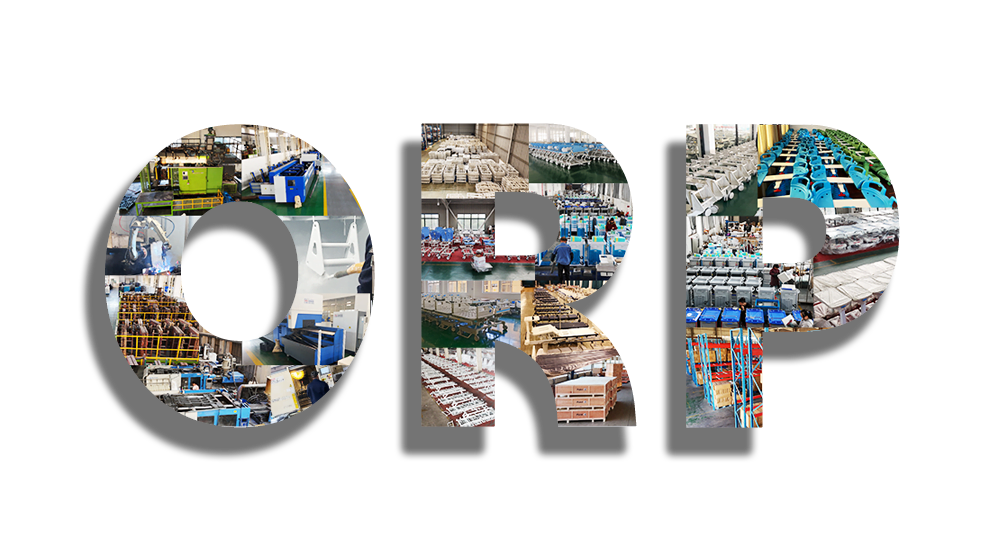
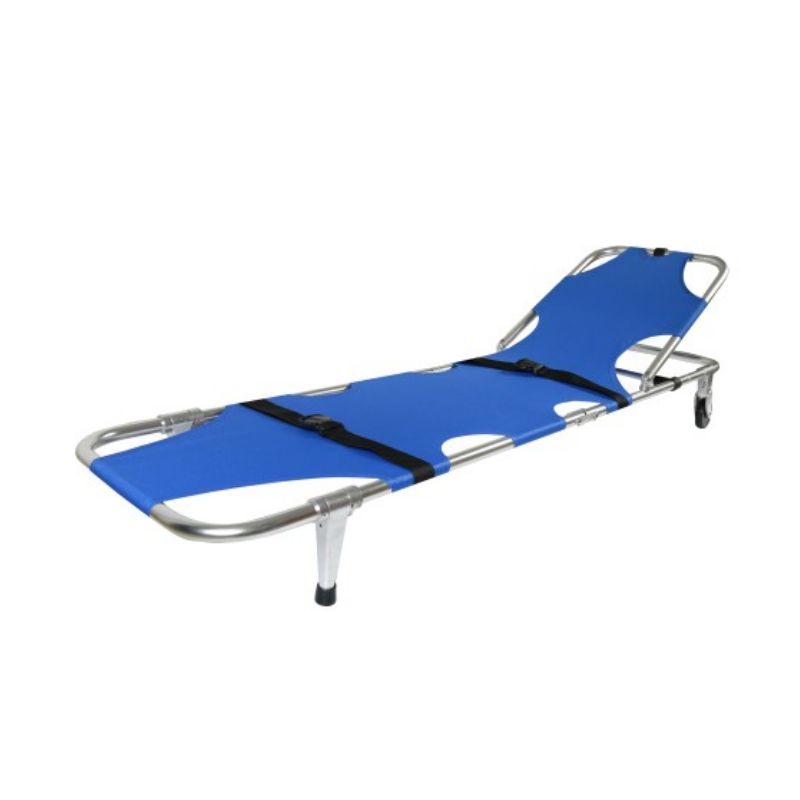
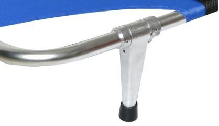
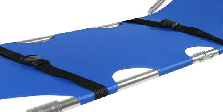
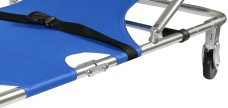
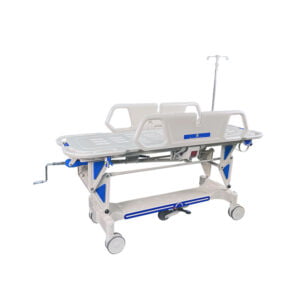

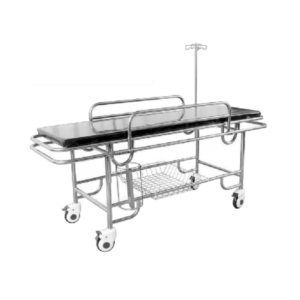
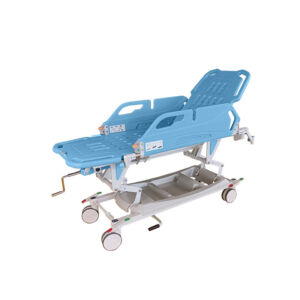

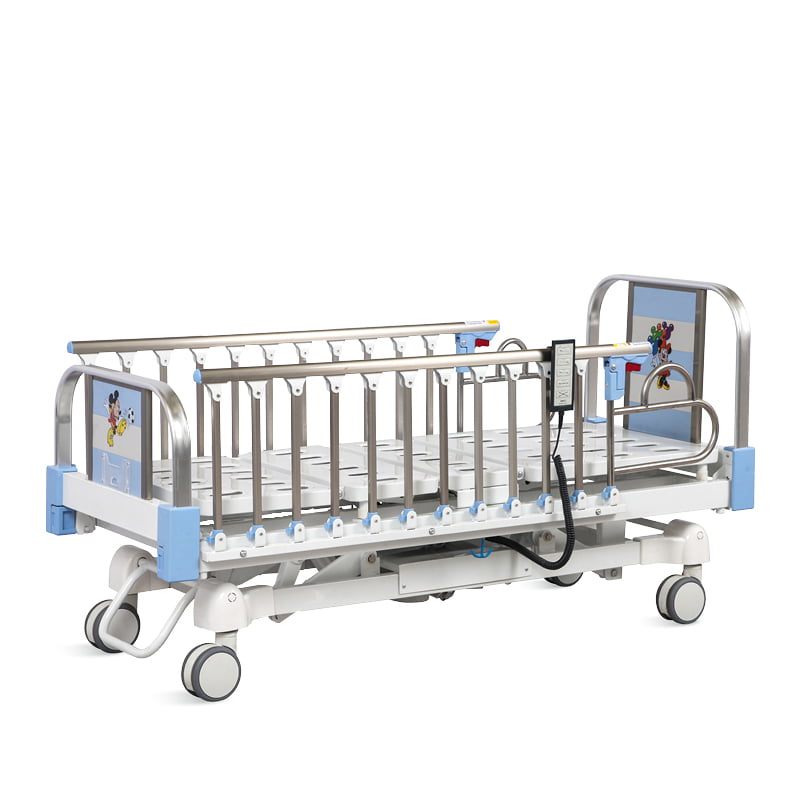
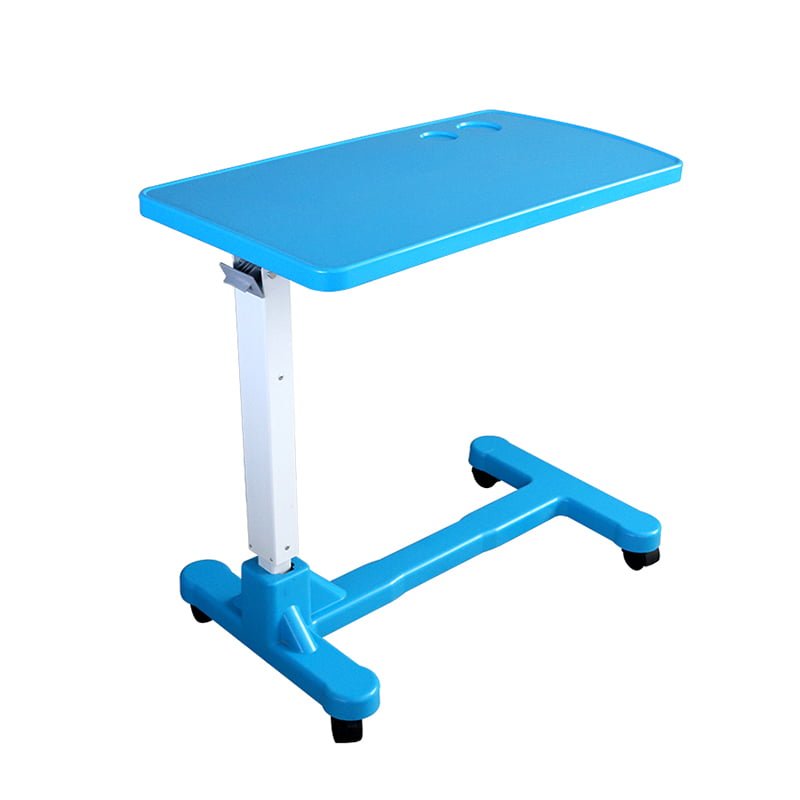
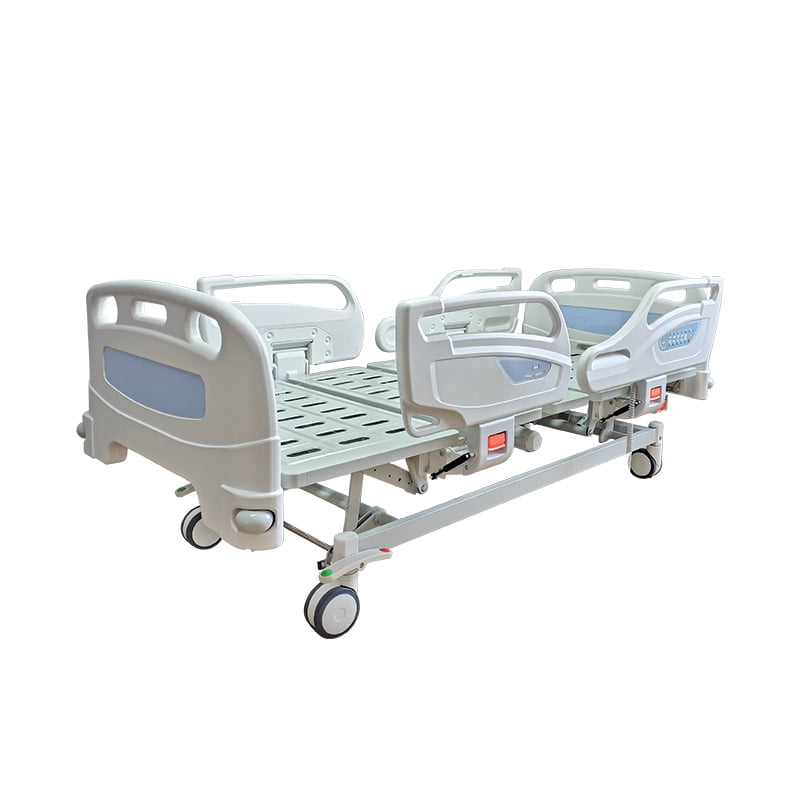
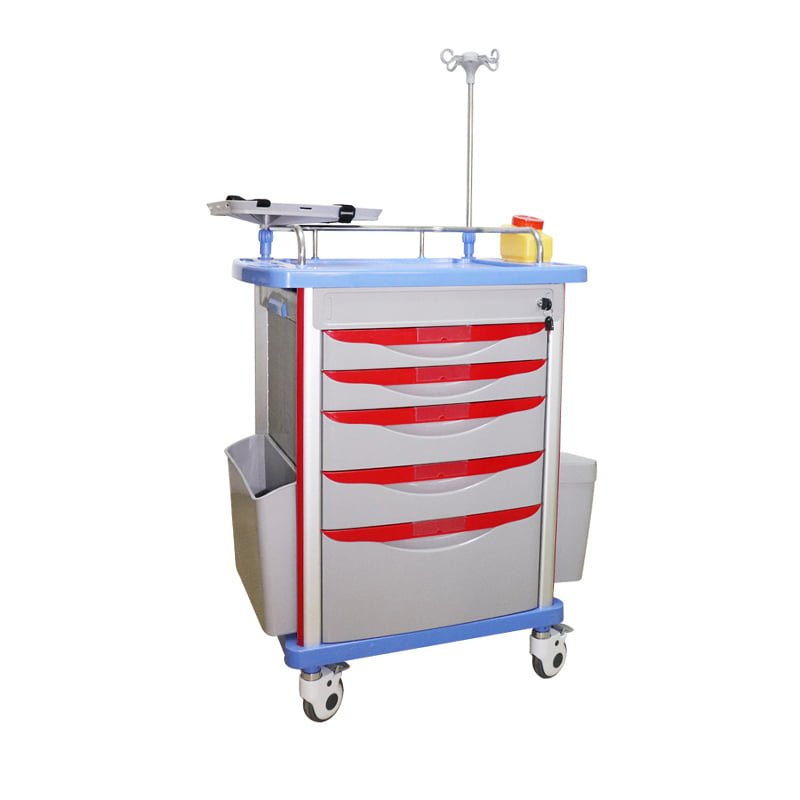
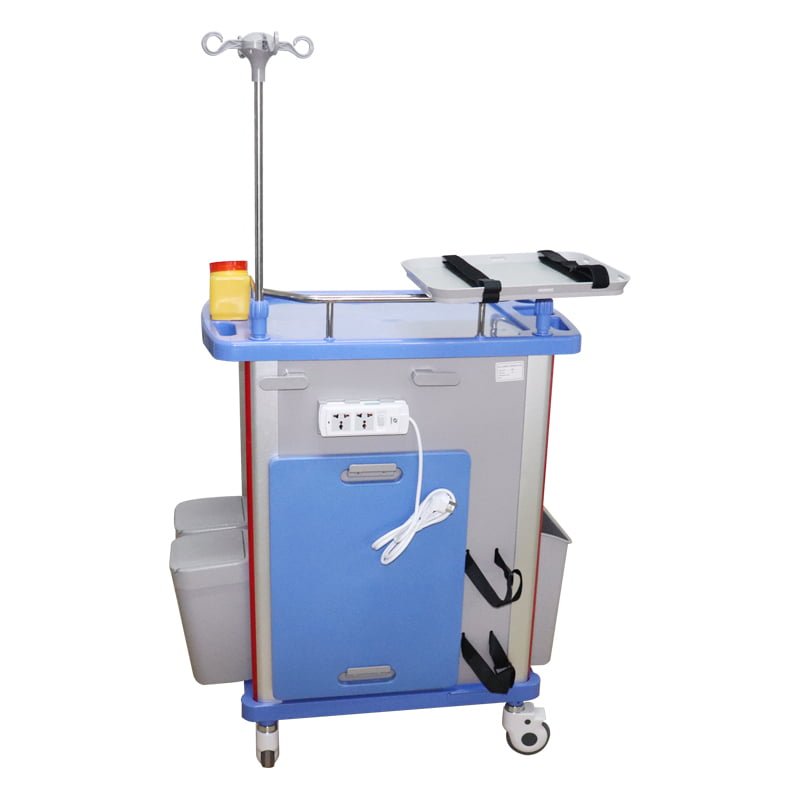
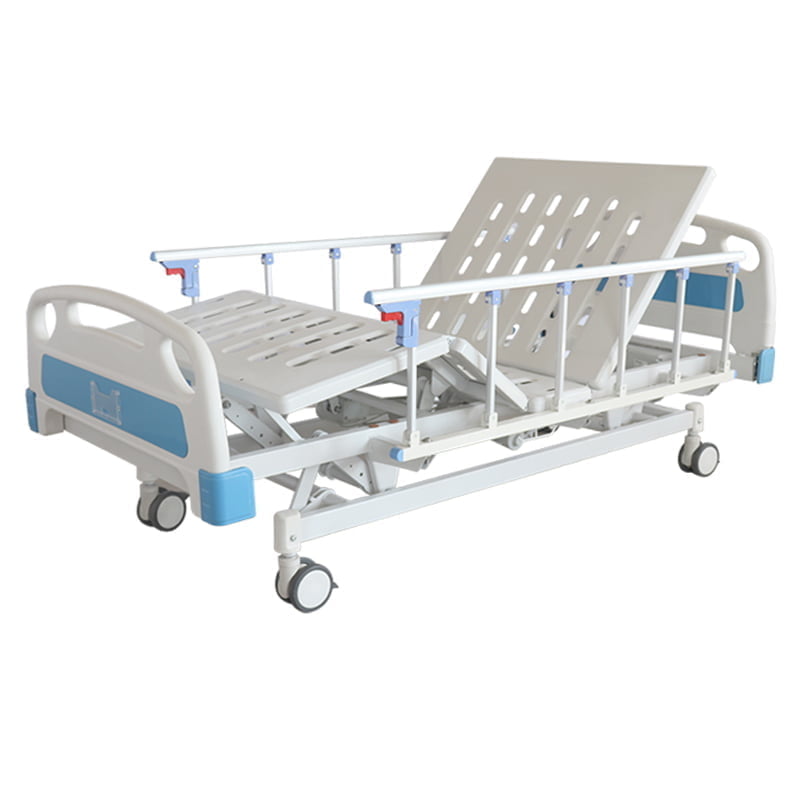
Reviews
There are no reviews yet.